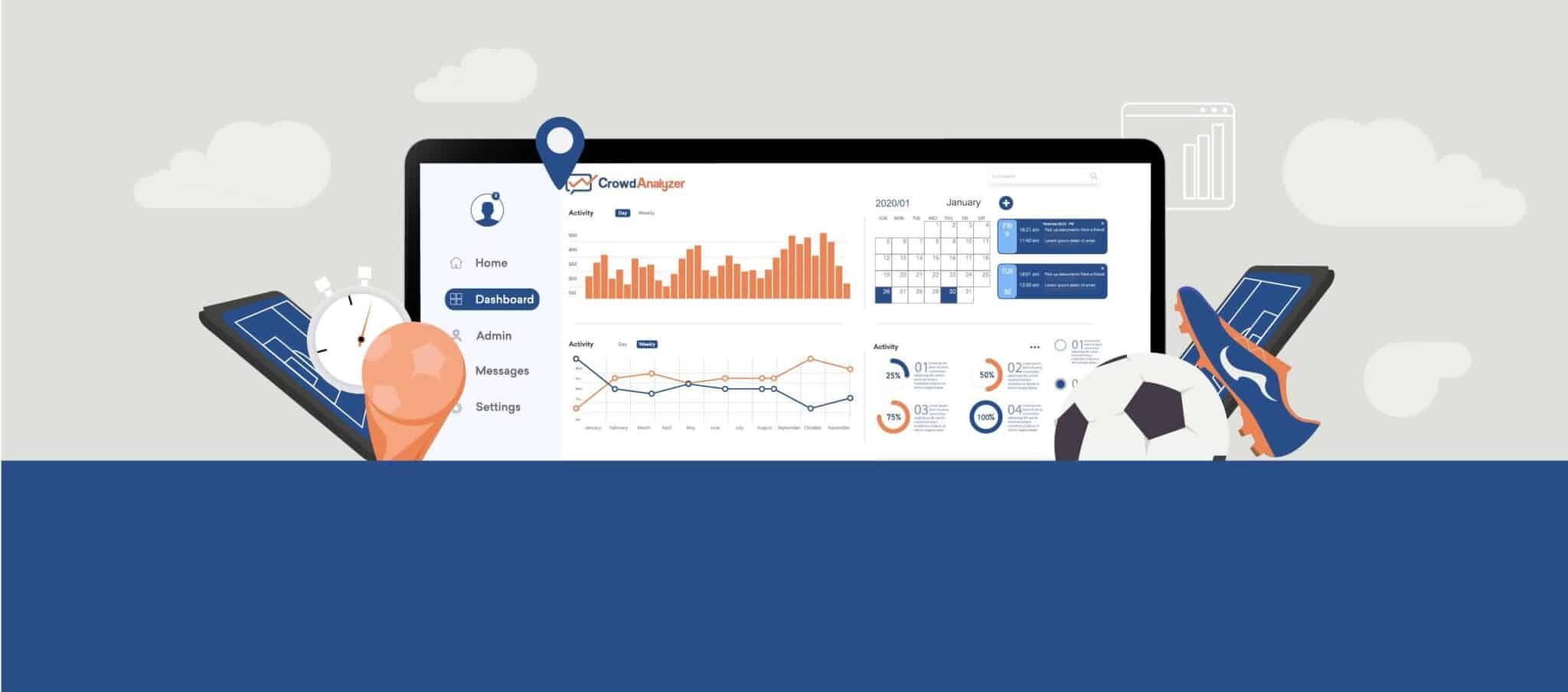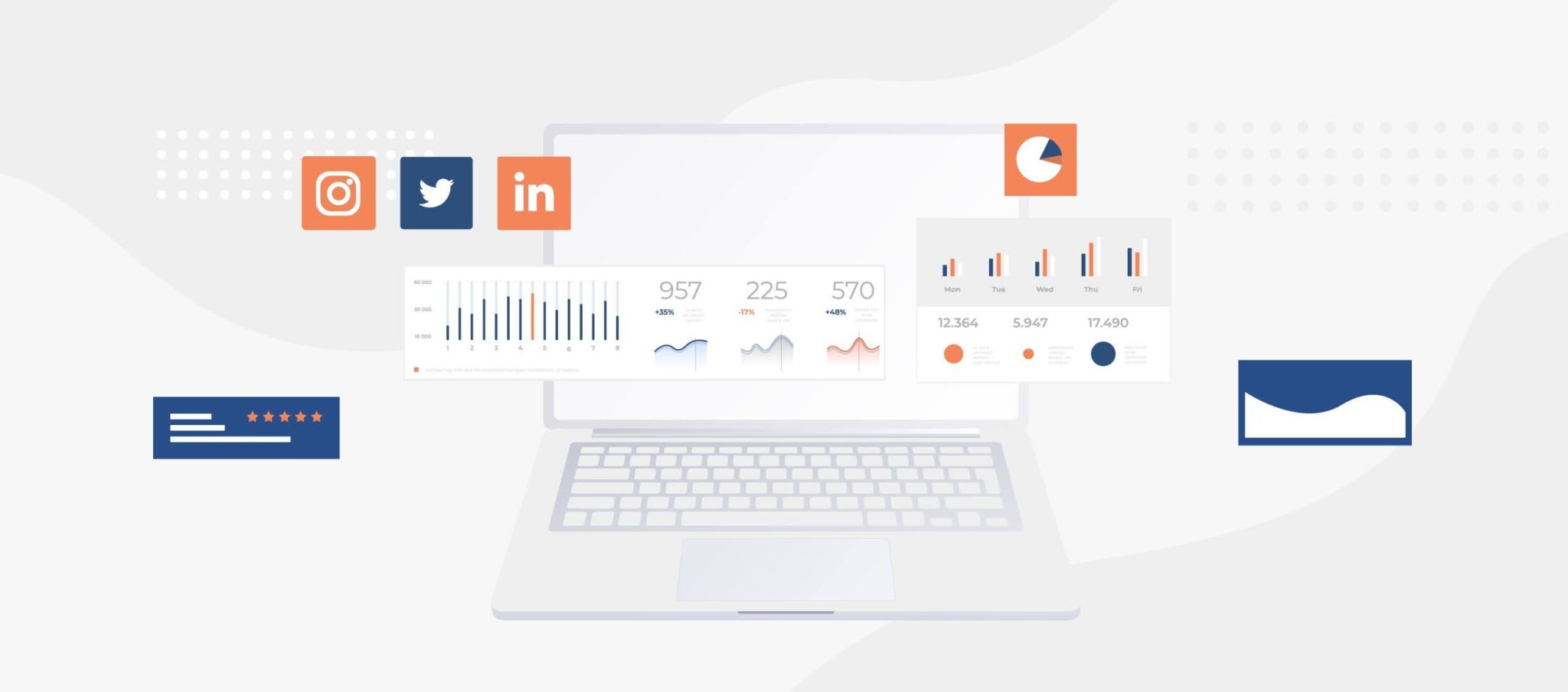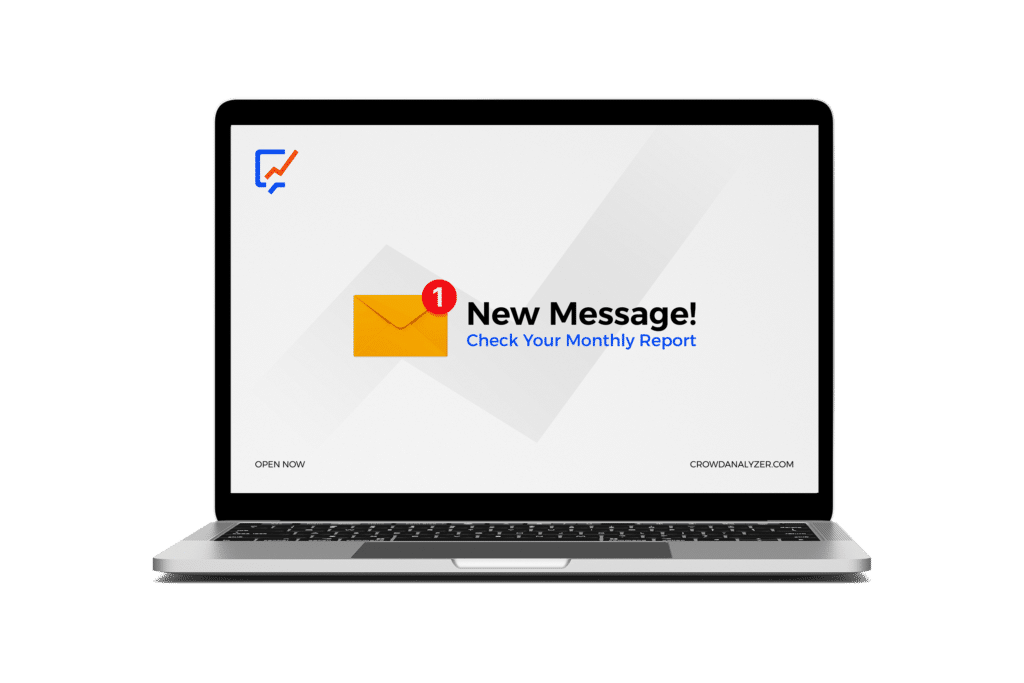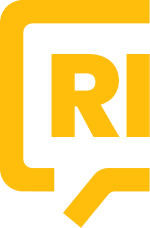Ever since there was press, there were opinions. Social Media came in and with it, even more, opinions.
Yet, many still depend on what is formally known as offline media. This entails Press, Television, Radio, on ground events and many other platforms.
On the contrary to Social Media, offline media is all about one-way communication without feedback. And this has changed the face of PR and Crisis management for good. While depending on social listening and expecting to manage results found through social media is the way to go, especially with building trust, crisis management online cannot be enough.
The world of Public Relations may have changed for the best. PR and online communication have changed the world immensely over the last two decades. Audiences are more in control of what content they eventually read, they choose channels, mediums, formats and even timing at which they consume their content. Keeping up with this is a must for a successful PR strategy and especially, crisis management.
But, should we forget offline PR?
What truly has changed the face of PR and Crisis Management, whether online or offline, is the introduction of measurability. The digital world has given us the concept of analytics, metrics and truly measurable ROI.
So how does one measure offline PR? Whether events’ impact, press circulation and many other factors. You measure offline PR the same way you measure social media, by monitoring.
With the launch of the offline media monitoring feature on Crowd Analyzer, we have learned so much about how to run a 360 degrees monitoring operation for optimum PR coverage and maximum crisis management efficiency.
1- Define your goals
Before you start measuring impact, you need to know what is the actual drive behind your efforts. Is your focus brand awareness? A new launch maybe? These are the questions you need to ask yourself and your entire PR/Communication team beforehand.
Remember: not defining your goals can drive you into the wrong metrics.
2- Pick your offline monitoring metrics
Do you have your goals set? Great! Now you need to match your goals to your metrics.
For example: if your goal is a successful new launch then we recommend you to focus on engagement metrics when monitoring offline media.
Remember: If your metrics are not aligned with your goals, you could easily end up with a very different view of success/failure of your PR operation, eventually leading to wrong strategies, reactions and possibly a horrible PR crisis you won’t notice.
3- Benchmark your offline performance
You need to focus on comparing results over periods of time so that your team can easily identify any shifts in your offline performance or change in your brand’s position with press, TV and other offline mediums. Comparing your performance against industry competitors is also more than a must.
Let’s say you compare your performance against your competitors and noticed a general decline, this allows you to anticipate the same happening to you without last-minute panic stepping in.
Audience-Driven Media Impact Value
Let’s say you successfully ran a 360 monitoring operation, now what?
Then it is time to focus on Audience driven media impact value (ADMIV) , this method associates an actual value or weight to media placements whether in print or online. Why? Because this allows you to measure impact. Weight is determined to depend on who is speaking (owned media, influencer, traditional media, partners or consumers)
Of course, the more organic the voice is, the highest the weight becomes. Simply: if you have collaborated with someone to speak about your brand, this gives their posts a lesser weight than that of a journalist or a blogger with bigger reach who has decided to organically talk about your brand.
This approach gives you and your team a better picture of the investments that are paying off,
so you can budget your coverage wisely and more effectively.
Brand Association
You need to figure out the rate your brand is receiving features alone and whether it is being identified and mentioned with other brands.
This is important, especially in offline media because you need to be sure the brands yours is associated with aren’t hurting your goals or whether you need to partner with them. Every PR expert knows how important positioning is and with this metric you can truly figure out your position within offline media.
Brand Loyalty
This part is a numbers game. How many times an offline publication or reporter mentions your brand is essential to figuring out your media relations. This aspect helps you evaluate the strength of your relationship with any publication or medium if you are partnering with them or paying for content that you are simply not getting then you need recalibrate this relationship.
Crowd Analyzer’s research experts say that you don’t need to sever your ties with that publication just yet, maybe your brand simply no longer resonates with their readership. So working on your brand portrayal with them can salvage your relationship.
Finally: Keywords Keywords Keywords!
Compare which products or topics or articles or influencers have the highest activity and discover which keywords are mostly associated, both negatively and positively, with your brand.
These insights will help you plan your offline and online strategy around certain topics and events that highly resonate with your audience. It helps you identify your brand’s weakness and strength offline and will help you drive events, campaigns and crisis management scenarios across all strategy tiers.

























